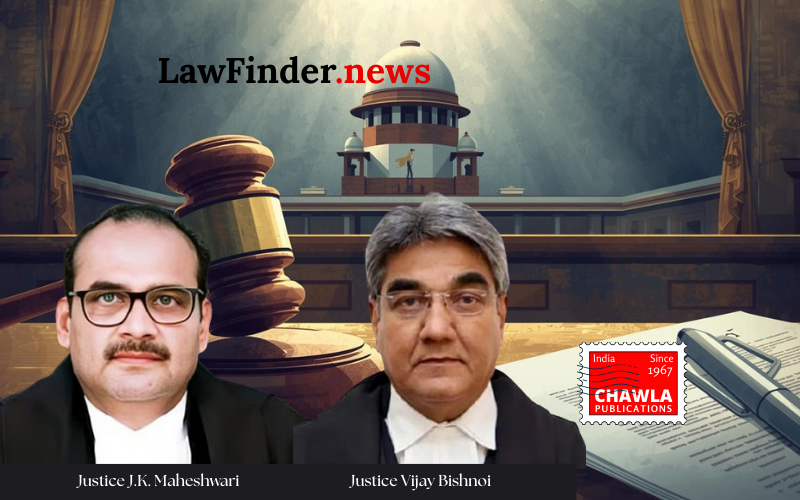Blocking of X is permissible : Karnataka High Court junks X Corps (Twitter) plea to declare regulation invalid
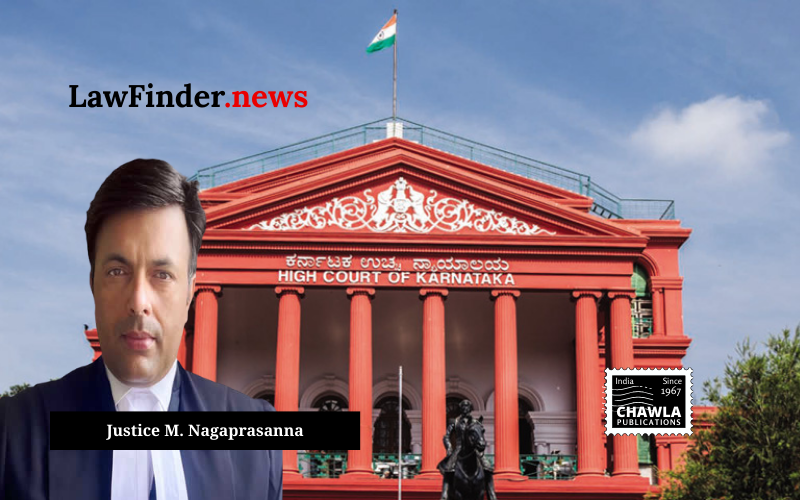
Court affirms constitutional validity of Information Technology Act provisions and digital intermediaries’ responsibilities, emphasizing need for regulation to curb unlawful content and protect democratic discourse in cyberspace.
In a landmark judgment delivered on September 24, 2025, the Karnataka High Court dismissed the petition filed by X Corp, formerly known as Twitter, challenging several provisions of the Information Technology Act, 2000 (IT Act) and the Information Technology (Intermediary Guidelines and Digital Media Ethics Code) Rules, 2021 (IT Rules, 2021). The petition primarily sought to declare that Section 79(3)(b) of the IT Act does not authorize the government to issue takedown or blocking orders except through the procedure prescribed under Section 69A of the Act. It also challenged the constitutional validity of Rule 3(1)(d) of the IT Rules, 2021, and the legality of the “Sahyog Portal” established by the government as a centralized mechanism for coordinating take down requests.
The Court conducted a comprehensive analysis of the evolution of communication and regulation from ancient times through the digital age, affirming that no society has ever allowed unrestricted dissemination of information without regulation. It underscored that freedom of speech under Article 19(1)(a) of the Indian Constitution is a qualified right, subject to reasonable restrictions enumerated under Article 19(2), such as sovereignty, security, public order, and morality.
Rejecting the petitioner’s reliance on American jurisprudence, including the 1997 U.S. Supreme Court decision in Reno v. ACLU, the Court noted that Indian constitutional rights differ fundamentally from American free speech doctrines and that American precedents are not directly applicable. Moreover, the Court observed that recent developments in U.S. law reflect a shift toward greater regulation of digital platforms, exemplified by the “Take Down Act” of 2025, which criminalizes failure to remove non-consensual intimate images and imposes notice-and-take down obligations, thereby aligning more closely with India’s regulatory approach.
The Court emphasized that the IT Rules, 2021, which superseded the earlier 2011 Rules considered in the Supreme Court’s 2015 “Shreya Singhal” judgment, represent a new regulatory regime that mandates intermediaries to exercise due diligence, including prompt removal of unlawful content upon receiving notice from authorized government agencies or court orders. It held that Rule 3(1)(d) is not vague or arbitrary but must be read in conjunction with Section 79 of the IT Act, which provides a safe harbor to intermediaries so long as they comply with lawful takedown notices related to content violating specified laws.
Significantly, the Court ruled that the petitioner, a foreign company incorporated in the United States, cannot claim fundamental rights under Article 19 of the Indian Constitution, which are expressly limited to Indian citizens. The Court referred to binding precedents establishing that corporations or foreign entities cannot invoke these rights, and thus, the petitioner lacked locus standi to challenge the IT Act and Rules on constitutional grounds.
Regarding the “Sahyog Portal,” the Court accepted the government’s submission that it is a facilitative platform designed to streamline communication between various nodal agencies and intermediaries for efficient handling of lawful take down requests. The Court dismissed contentions branding the portal as a “censorship portal,” affirming that the authority to issue binding blocking orders remains exclusively with designated government officers under the statutory framework.
The Court also addressed concerns about the role of algorithms and artificial intelligence in content dissemination on social media. It rejected the petitioner’s claim that there is no human agency behind algorithms, underscoring that algorithms reflect human choices and policies embedded in code and are therefore subject to regulation and accountability under the law.
Finally, the Court acknowledged the growing menace of misinformation, hate speech, cyber bullying, and technology-facilitated violence, especially against women and vulnerable groups. It highlighted the urgent need for robust regulation of social media to safeguard public order, dignity, and democratic discourse, observing that failure to act would imperil societal harmony.
In conclusion, the Karnataka High Court upheld the constitutional validity of the relevant provisions of the IT Act and IT Rules, 2021, dismissed the petitioner’s challenges, and reinforced the government’s regulatory authority over digital intermediaries operating within India’s jurisdiction.
Statutory provision(s):
- Information Technology Act, 2000 - Sections 69A, 79(3)(b), 87;
- Information Technology (Intermediary Guidelines and Digital Media Ethics Code) Rules, 2021 - Rule 3(1)(d);
- Information Technology (Procedure and Safeguards for Blocking of Access to Information) Rules, 2009;
- Bharatiya Nyaya Sanhita, 2023 (referenced for content of unlawful acts);
- Bharatiya Nagarik Suraksha, 2023 (referenced);
- Bharatiya Sakshya Adhiniyam, 2023 (referenced).
X Corp v. Union of India, (Karnataka) : Law Finder Doc id # 2785171
Trending News
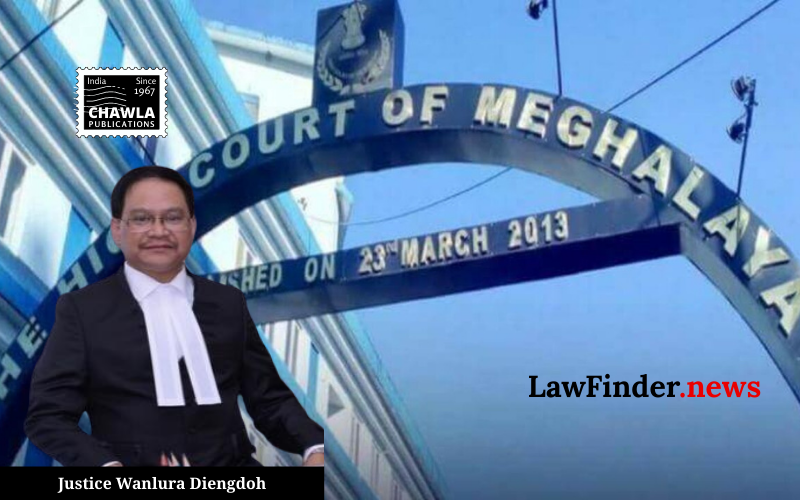
Conviction under the POCSO Act - Sentence suspended consider in a consensual love relationship
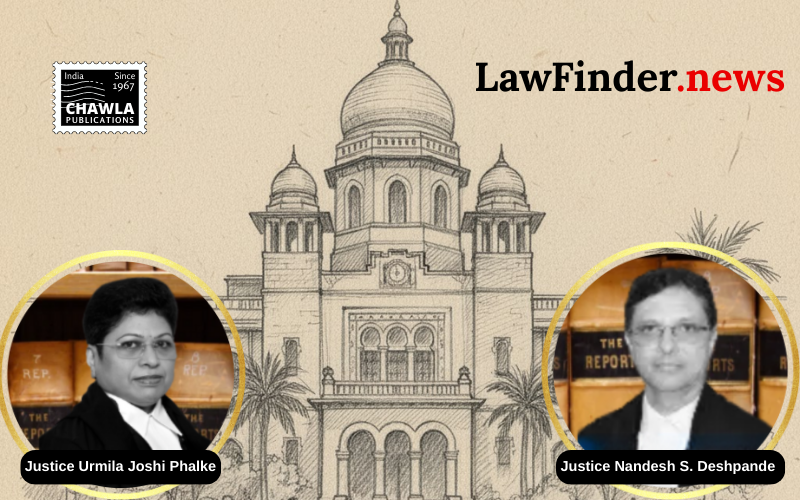
A civil dispute arising from a commercial transaction does not constitute a criminal offence of cheating
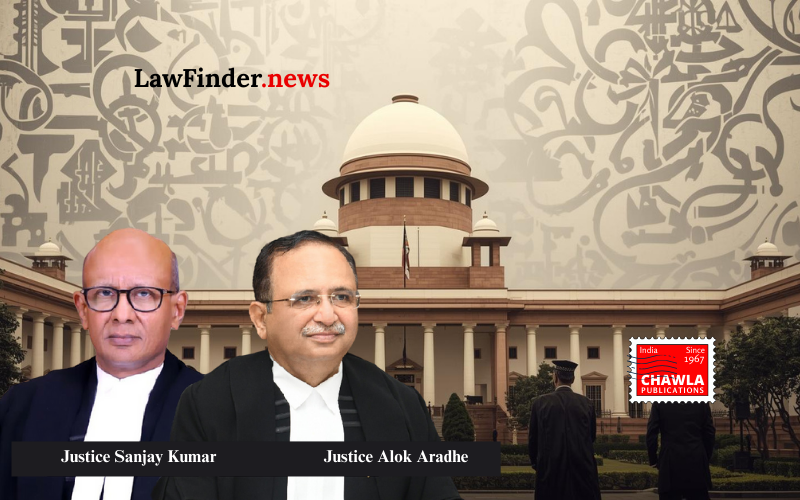
Manipur violence: SC asks why entire leaked clips not sent for forensic test
